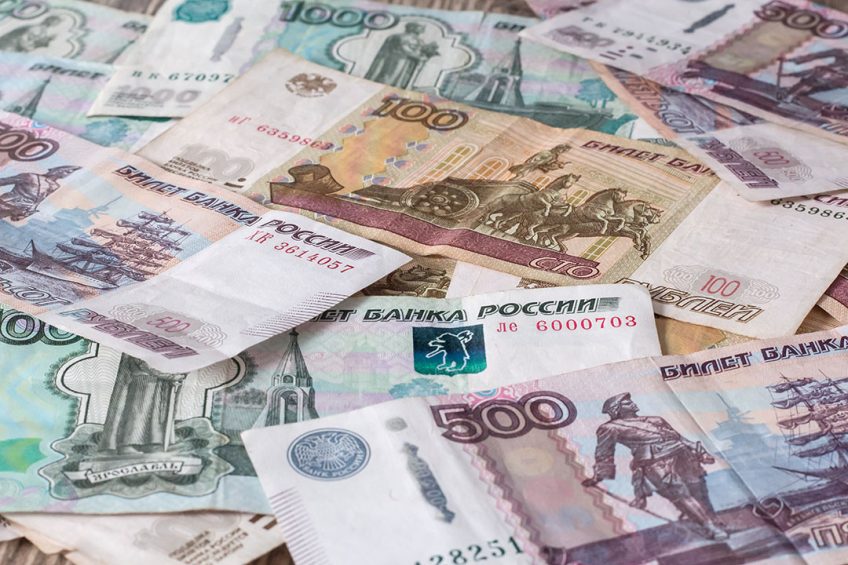Russian poultry exporters: growth in Saudi Arabia & Africa

In 2020, Russian poultry export grew noticeably due to opportunities in new markets, Russian state-owned agricultural bank Rosselhozbank said in a statement on October 6.
During the first 8 months of the year, Rosselhozbank issued Rub47.4 billion (US$650 million) worth of loans to poultry exporters, 6% more than during the same period of the previous year. Rosselhozbank is the main Russian bank supporting agricultural exports.
China more important
Last year, China developed as the key market for Russian poultry exports, Andrey Dalnov, director of Rosselhozbank’s analytical department, said in the statement. “Since the Chinese market opened for Russian poultry producers in 2019, the country became a large importer, with a share of more than 50% of the total Russian export,” Dalnov said. The main uniqueness of poultry exports to China is the high demand for chicken feet. Russians are not buying this product, and before exports to China, Vietnam, and Hong Kong started, Russian poultry producers discarded chicken feet to produce meat-and-bone meal.
New markets
In 2020, Saudi Arabia will probably overtake Kazakhstan and Ukraine and become the second-biggest sales market for Russian poultry products, Rosselhozbank forecasted. As of today, the country accounts for 5% of Russian poultry exports, while Kazakhstan accounts for 15% and Ukraine for 13%. Saudi Arabia is mainly buying small broiler carcasses, weighing less than 1.2 kg. Russian exporters also see promising opportunities in the African direction. Since the beginning of the year, export quantities to Liberia, Benin, and Angola have been growing. According to Dalnov, Russian exporters are met with Brazilian competition on the Angolan market, as importers and exporters share the same mother tongue.
 Russia embraces new trends
Russia embraces new trends
Russian farmers find themselves in a new reality as over the past few years, the country’s environmental-protecting organisations have become a force to be reckoned with.
Increased competition
In essence, Russian poultry exporters are increasingly competing with the world’s major suppliers from the U.S., Brazil, and the European Union. “The steady increase in exports proves the maturity of the domestic market as well as the high effectiveness and competitiveness of the companies engaged in export sales,” Rosselhozbank added. Besides, Russian currency depreciation is believed to be one of the factors supporting the growth in poultry exports.
Since the beginning of the Covid-19 pandemic, the Russian Rouble has lost nearly 15% in value against the hard currency, primarily due to of lowering global demand for oil and gas. In September of 2020, the Russian currency exchange rate hit a 5-year low against the dollar and the euro.













